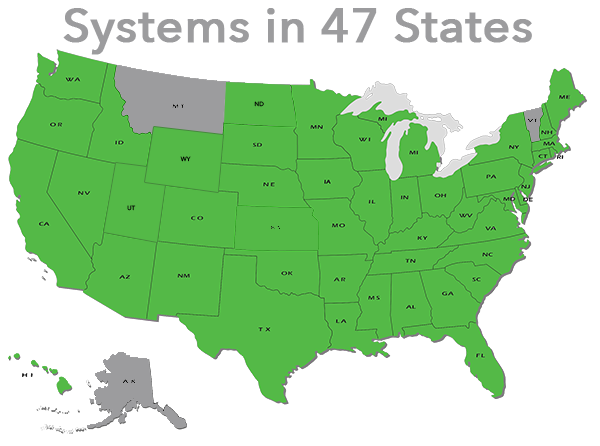The Energy Department today announced $13 million in funding to help communities across the country reduce market and policy barriers to solar deployment and recognize communities for taking the initiative to go solar. This investment will make it faster, cheaper, and easier for Americans to install affordable solar energy systems and spur solar deployment nationwide by decreasing costs and supporting communities' efforts to transform solar energy markets. The Solar Powering America by Recognizing Communities (SPARC) funding opportunity will establish a national recognition and technical assistance program for local governments—driving greater solar deployment and making it possible for even more American homes and businesses to access affordable and renewable solar energy to meet their electricity needs. Funding recipients will establish and administer a national recognition program and also provide technical assistance and share best practices with communities seeking national recognition for cutting red tape and improving local solar market conditions. Once the...
4111 Hits
4111 Hits







































